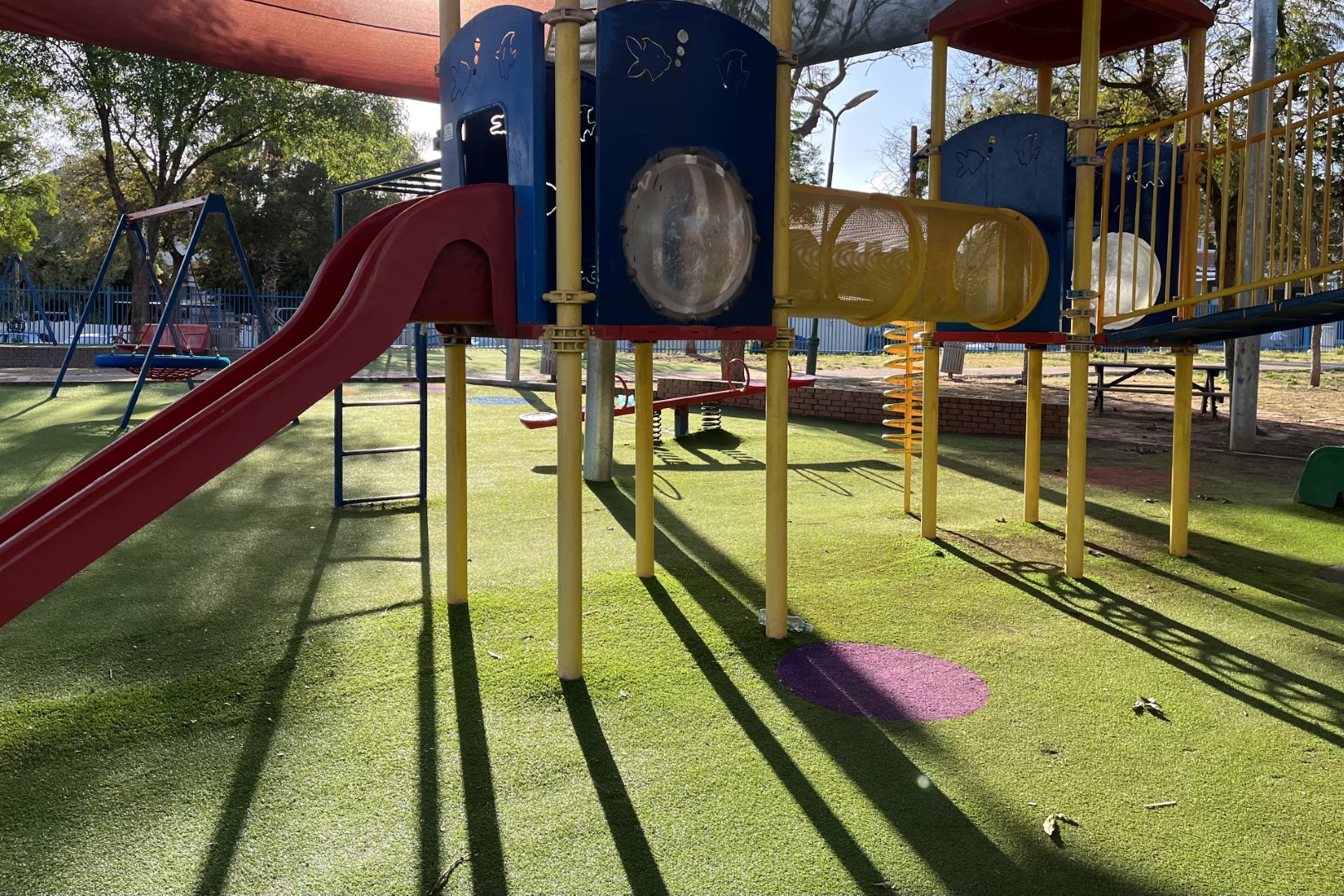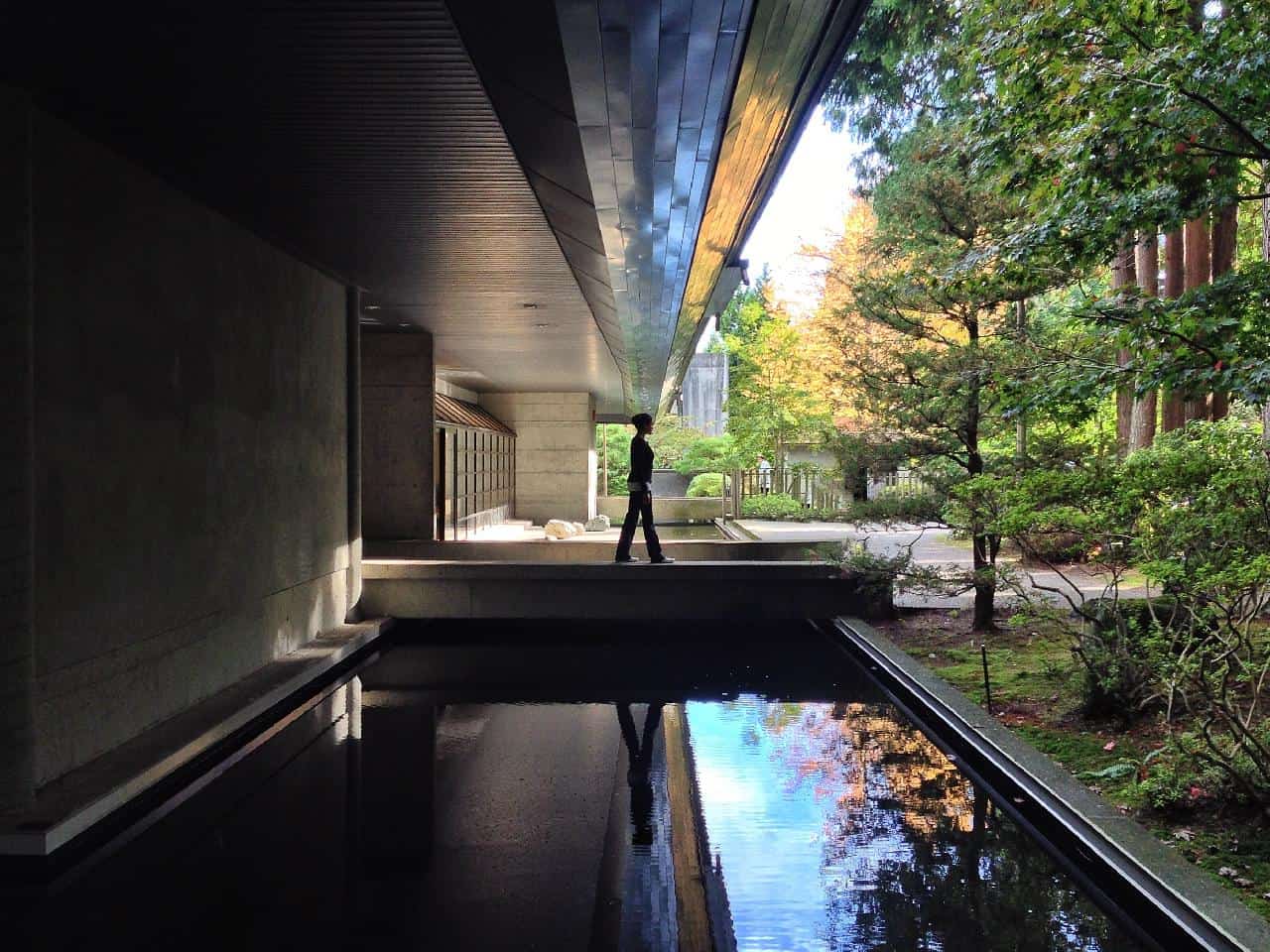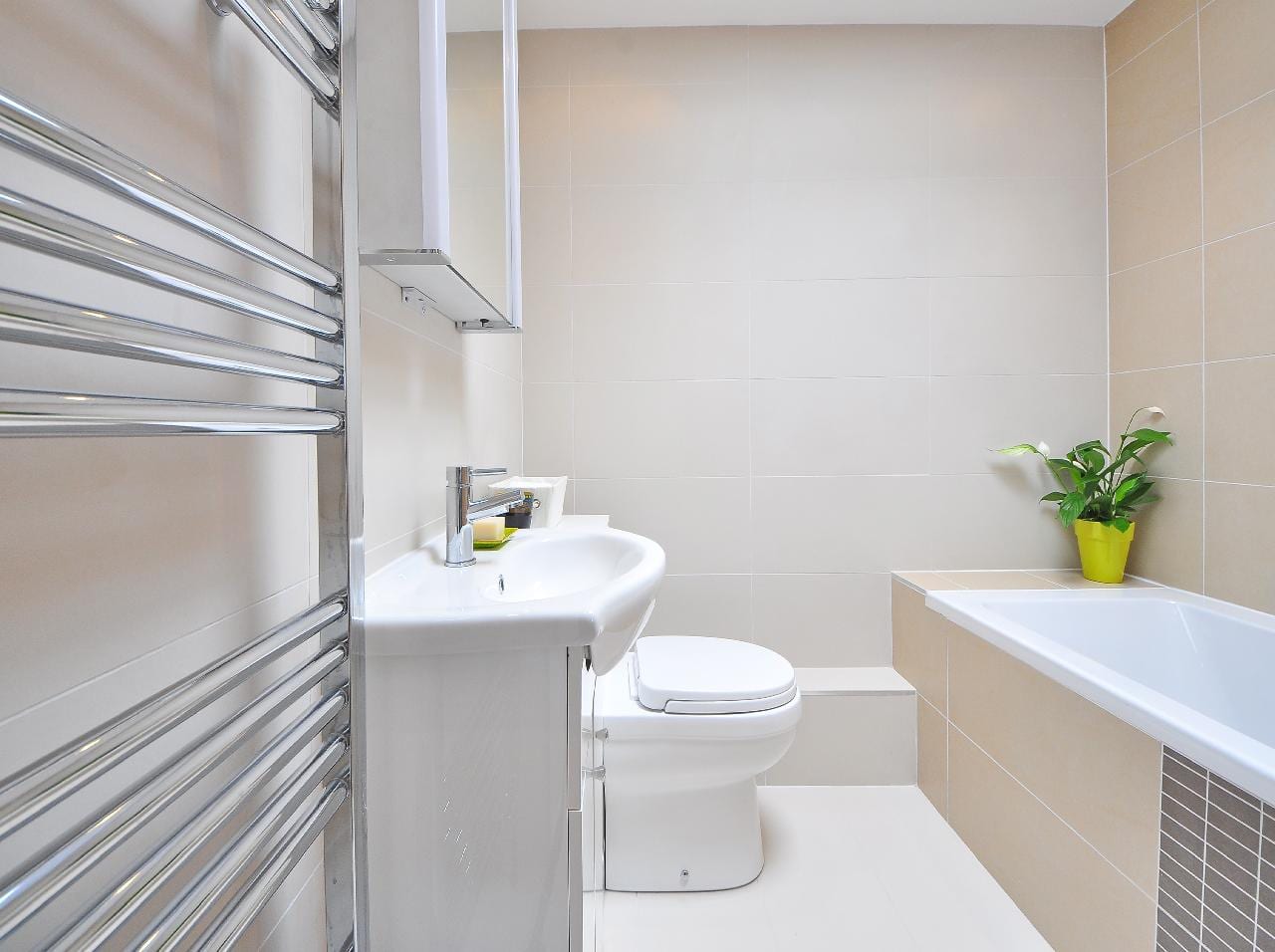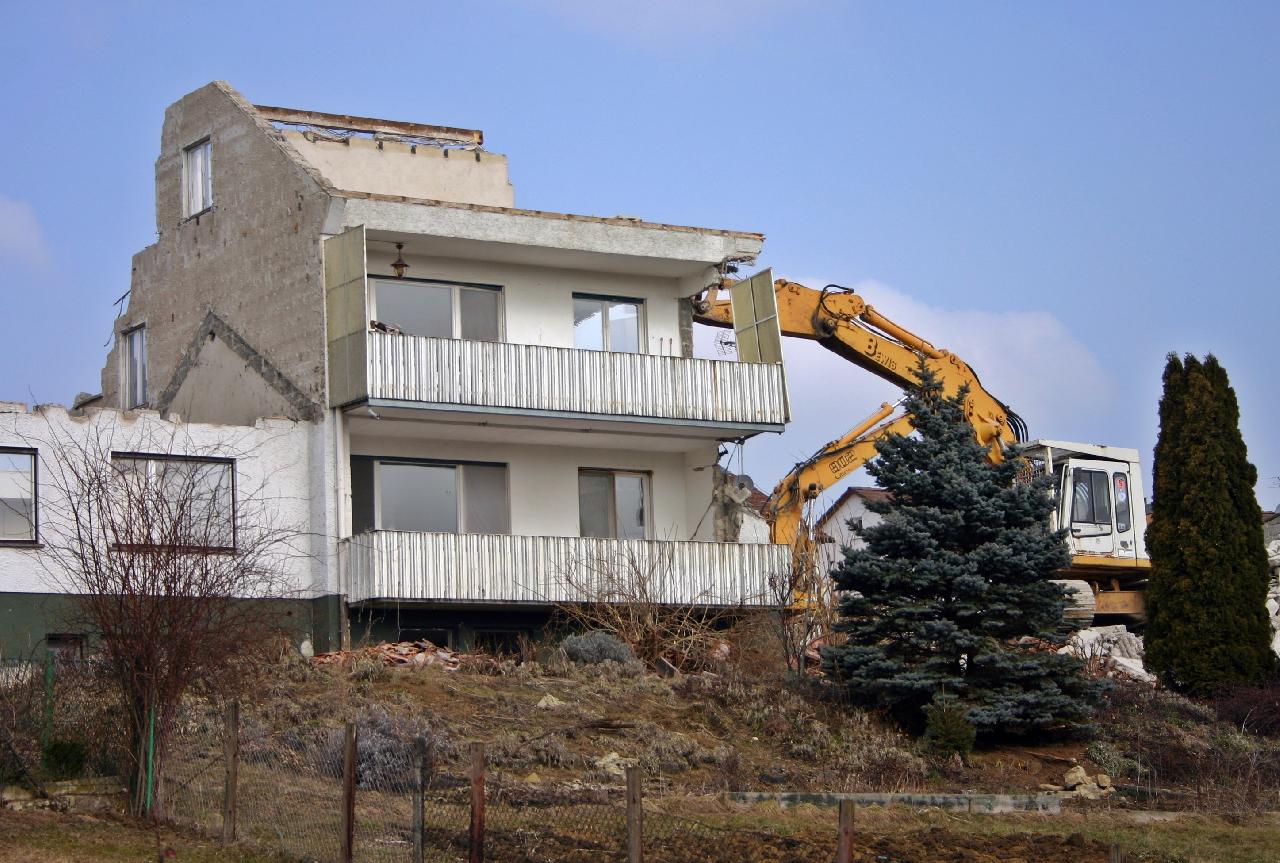Building kids playground from scratch requires proper planning. Kids playground design must fulfill several goals: encourage activities, engage kids’ physical and social skills, and provide safe playing spot. Many playgrounds use ready-to-build kits, while others rely on cheap materials such as old tires and recycled planks. Regardless of materials, all playground builders and designers must consider several important aspects during the planning and building process.
Safety Concerns in Kids Playground Design
Kids have less restraint, control, and sense of danger than adults. Therefore, designing a safe playground is important to encourage safe playtime. All playground builders must pay attention to risk factors such as:
- Sun exposure
Sun exposure usually reaches its full intensity between 10 AM and 2 PM. During this time, a playground that does not have shades may expose kids with hot surfaces. There is also a risk of UV exposure, which can increase the risk of sunburn and skin cancer.
- Loose filing for cushion
Loose filing part in an outdoor playground serves as a cushion in structures such as slides. It can be weathered or eroded due to weather and age. A good playground must have a proper thickness of loose filing part, which is refilled or replaced periodically.
- Kick mat firmness
Kick mat is a surface layer placed on top of loose filing part. While it is useful to give kids firm surface, it can also reduce the cushioning effect. If not necessary, kick mat can be skipped, and builders should focus on the density of the loose filing part.
- Falling height
Falling height concern is related to injury risks, especially in climbing structures. There is a height standard that must be fulfilled to reduce injury risks without lowering the activity challenges for kids. According to America’s National Program for Playground Safety, any structure with more than eight feet of height increases the risk injuries three times.
Safety concerns also cover things such as toxicity in materials, sharp edges, and construction faults. The sizes of the structures must also be adjusted with the kids’ ages.
Themes in Kids Playground
A well-planned playground offers more than just a slide, a couple of swings, and see-saws. Since the playground is an activity center during playtime, it must have specific theme and goal. For example, in a nature-themed playground, kids should be encouraged to explore and interact with nature. It must also provide enough natural materials as playing tools, with proper boundaries to keep the children safe.
Another popular theme is an activity-based playground. Nowadays, there is a trend in creating playgrounds that encourage physical activities and cognitive skills. Many constructions encourage kids to explore, challenge their physiques, and train their cognitive skills to finish a playground “route”. This playground type requires understanding toward kids’ developments at certain ages.
For areas with less than ideal outdoor environment, indoor playground is suggested. It can use partial shade to create contact with the outdoor environment, without exposing kids to natural elements. There is also a creative playground, which provides structures to encourage creativity, such as pretend shop fronts, sandpits, and sensory gardens.
Creating kids playground design requires concerns toward safety, theme, and goal. A safe and creative playground is a long-term investment to encourage healthy development among children.
Discover more from Futurist Architecture
Subscribe to get the latest posts sent to your email.




Hello, would I be able to find out where a fence (playpen) was purchased?
This is a really good thing to consider when creating a play area for your children, thanks for the post